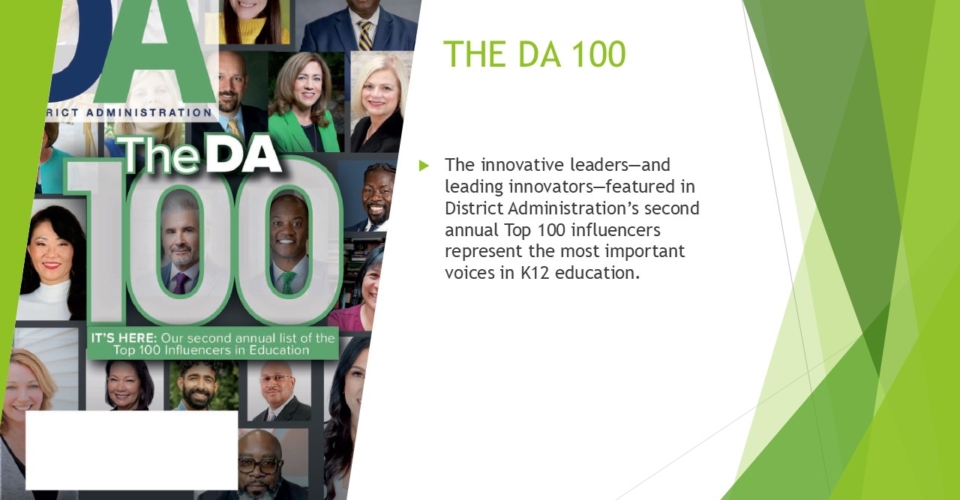As the demand grows for edtech solutions that are responsive to the needs of neurodiverse students, inclusive learning design offers a powerful way to deliver better experiences for all learners.
But how does successful inclusive learning design manifest in an end product? What should school administrators and educators look for to ensure they’re choosing edtech solutions that are inclusive of neurodiverse learners and different kinds of minds?
I’ve spent over a decade researching digital games and creative learning at MIT. And, most recently, during the development of an instructional tool called Sparks, incubated at LEGO Foundation’s Play for All accelerator program, we uncovered six key components and examples of inclusive learning design in edtech.
Read more from DA: The highest-paying states for teachers in 2024
Edtech solutions are inclusive for neurodiverse learners when:
1. They are open to multiple modes of expression. Only allowing students to answer questions or communicate in one way can make it difficult for many students to showcase their knowledge fully. When a solution offers multiple ways students can express themselves—such as writing, drawing or verbal communication—it allows learners to express themselves in ways that work best for them.
2. They invite many ways of getting a question “right.” Programs and apps can go beyond setting one correct answer for each question and instead create an open-ended experience that encourages students to explore, experiment, ideate and share their creativity with others. Social Cipher’s World Builder, for example, allows players to design their own “world” using a set of tools, somewhat akin to how someone might use LEGO bricks to design and build a structure or play setting. If an instructor asks students to build their ideal home, then there is no “wrong” answer—only limitless creative expression of students’ inner worlds.
3. They allow flexibility in time. Time limits can be stressful for any learner and may result in them not doing well on a question, even if they have a deep and nuanced understanding of the concept. Inclusive edtech solutions can allow educators to adjust or remove time limits. Solutions should also consider replacing time limits with other elements to drive engagement, such as creativity and collaboration.
4. They reduce sensory overload. Too much sensory input—bright lights, loud noises or overwhelming visual stimuli—or being asked to do too many things at once can lead to stress, anxiety and decreased cognitive functioning for many learners. Inclusive edtech solutions should let users reduce visual clutter and adjust sound levels, as well as break down a given task into smaller steps and allow learners to focus on one step at a time.
5. They celebrate everyone’s strengths and ways of thinking. Rather than awarding one winner based on the number of correct answers, an inclusive learning experience may allow for multiple different success criteria, thereby recognizing that different ways of thinking each have merit.
6. They provide multiple ways to engage with the activity. By offering a variety of ways students can engage with the experience—for example, through both independent and collaborative tasks—more students can find something in the experience that resonates with them.
The goal of inclusive learning is not to create separate solutions for neurodivergent and neurotypical learners but rather to develop solutions that can foster richer learning experiences for everyone. To accomplish this, the flexibility and customization of an edtech solution is vital.
In addition to considering the features highlighted here, administrators and educators can evaluate how flexible and customizable a solution is by examining the kinds of thinking, synthesizing and creativity the technology enables learners to practice. The Universal Design for Learning framework, which emphasizes multiple means of engagement, representation, action and expression to develop expert learners, is another useful tool in determining the inclusivity of an edtech solution.
Inclusive design is crucial when considering how best to create positive learning experiences for learners of all types. When evaluating edtech solutions, administrators and educators should try to see the design of potential options through the lens of inclusivity, because this aligns with what we know about making learning better for everyone. The design elements we’ve mentioned, which emphasize flexibility and customizability, lead to more open-ended learning experiences and higher-order thinking—which benefits not only neurodivergent learners but all learners.
Rosenheck authored the recent whitepaper, “Designing for Inclusion, Designing for All.”



